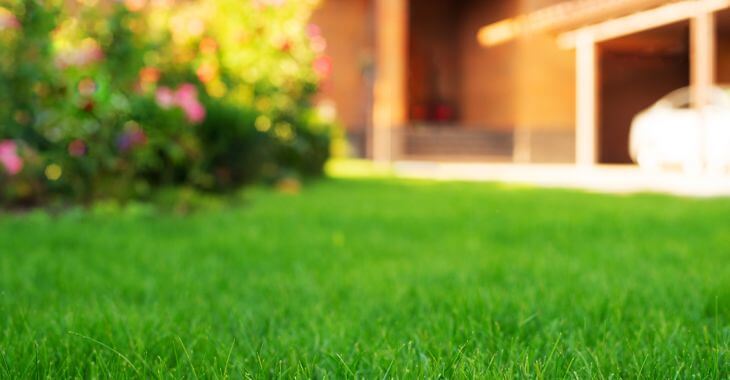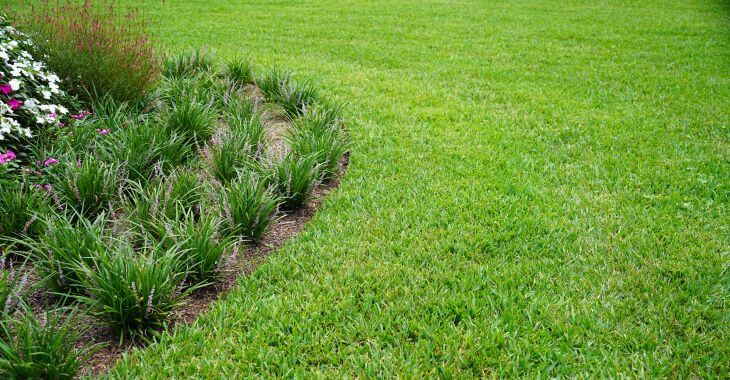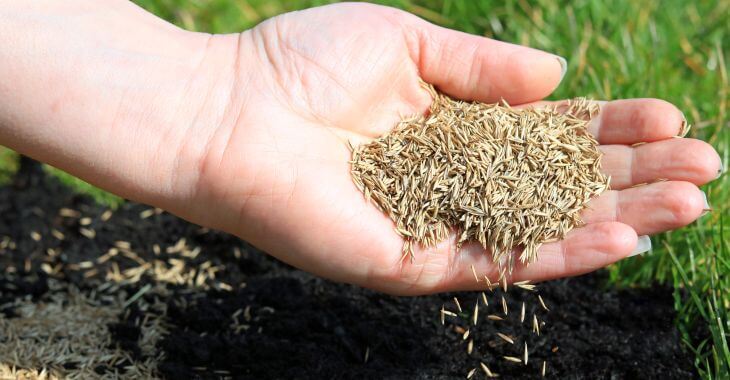Exploring the Different Types of Grass in Texas

Texas is a massive state with diverse climates, from humid Gulf Coast regions to arid deserts. This variety affects which grasses thrive in different areas. Choosing the right grass means less watering, fewer weeds, and a healthier, low-maintenance lawn or pasture.
Why Grass Type Matters in Texas
Texas has more than 268,000 square miles of land and multiple climate zones. Some regions face drought, while others experience heavy rain. That is why understanding local grass types is key to healthy landscaping. What works in North Texas may fail in South Texas.
Popular Warm-Season Grasses
Most lawns in Texas use warm-season grasses, which grow best during the state’s long, hot summers. These grasses go dormant and brown in colder months but bounce back in spring. They are drought-tolerant and well-suited to Texas soil conditions.
St. Augustine Grass
St. Augustine is one of the most popular types of grass in South Texas. It thrives in warm, humid climates like Houston or Corpus Christi. It forms a dense, carpet-like lawn and grows well in partial shade. However, it requires frequent watering and is prone to disease.
Bermuda Grass
Bermuda grass is widely used in both residential and commercial spaces. It loves full sun, spreads quickly, and handles foot traffic well. It is also a top pick for athletic fields in Dallas and Austin. However, it doesn’t perform well in shade and needs frequent mowing.
Zoysia Grass
Zoysia offers a balance between beauty and durability. It tolerates moderate shade, has excellent drought resistance, and feels soft underfoot. It is more expensive to install but pays off in lower maintenance over time. It grows best in Central and East Texas.
Buffalo Grass
Buffalo grass is native to Texas and highly drought-resistant. It’s best suited for areas with low rainfall, like West Texas or the Panhandle. It requires minimal mowing and watering, making it an ideal choice for eco-friendly landscaping. However, it is less lush than other options.
Types of Grass in South Texas
The types of grass in South Texas are typically selected for heat tolerance and disease resistance. Popular choices include St. Augustine, Bermuda, and Bahia grass. These grasses can withstand high humidity and hot temperatures throughout the long summer season.
Bahia Grass
Bahia grass is another solid choice for South Texas. It handles heat well and grows in sandy or poor soils. It’s not as thick or lush as Bermuda or St. Augustine but is very low-maintenance. It’s often used in pastures and large rural properties near the border.
Centipede Grass
Centipede grass grows well in East Texas, where the soil is more acidic. It offers a light green color and thrives with minimal upkeep. It doesn’t tolerate heavy foot traffic, so it’s better for ornamental lawns. It’s a slower grower but great for low-maintenance yards.
Tall Fescue (Cool-Season Option)
Though most Texas grasses are warm-season, tall fescue can grow in North Texas and areas with cooler winters. It stays green year-round and handles moderate sun and shade. It needs more water than warm-season grasses, so it is less popular in dry regions.
Matching Grass to Soil and Region
Soil types vary across Texas. East Texas has clay and acidic soils, while Central Texas often has rocky, alkaline ground. Before selecting grass, test your soil’s pH and texture. Matching the grass to your soil type helps it grow stronger with less maintenance.
Best Grasses for High-Traffic Areas
If your lawn sees heavy use from pets or kids, Bermuda or Zoysia are your best bets. Both recover quickly from wear and tear. For shaded areas, look for shade-tolerant Bermuda hybrids or Zoysia varieties developed for limited sunlight exposure.
Grass for Drought Conditions
In areas prone to drought, like West Texas, choose native grasses such as Buffalo or Blue Grama. These grasses survive on minimal water, reduce the need for irrigation, and still provide decent ground cover for lawns or pastures.
Seasonal Lawn Care Tips for Warm-Season Grass
Warm-season grasses need different care than cool-season ones. In spring and summer, make sure to fertilize and water warm-season lawns regularly. In fall and winter, reduce watering and avoid nitrogen-heavy fertilizers. Always mow your lawn at the proper height for your grass type.
Environmental Benefits of Choosing Wisely
Choosing the right grass for your Texas region reduces water waste, lowers chemical use, and supports soil health. Native and drought-tolerant grasses contribute to sustainable landscaping, which is especially important in water-restricted areas.

Final Thoughts on the Types of Grass in Texas
Texas lawns are not one-size-fits-all. Understanding the types of grass in South Texas, West Texas, or the Hill Country helps you create a lawn that lasts. With the right grass type, you will save time, water, and money while enjoying a greener, healthier yard at your home in Texas.
